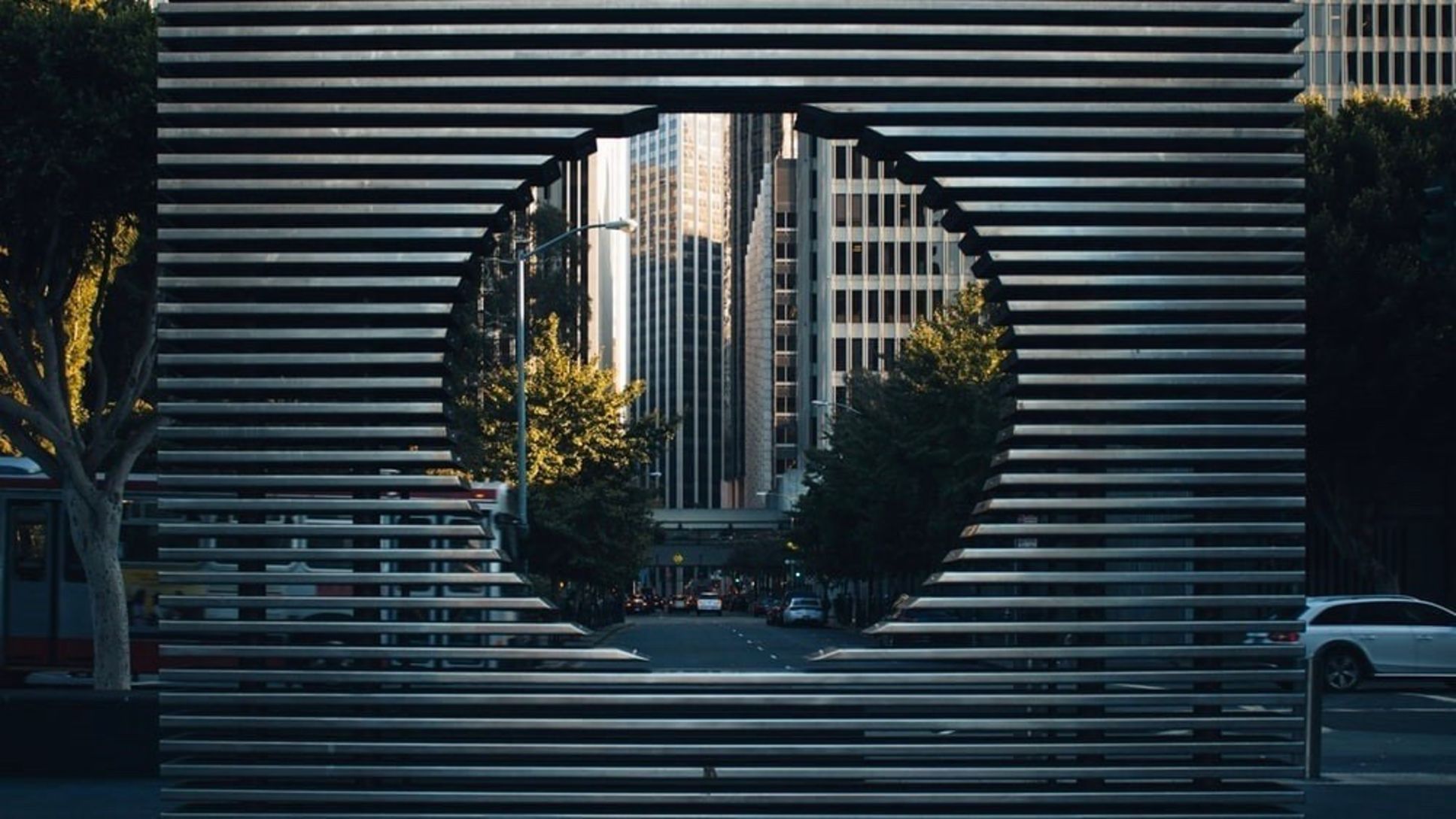Over the last decade, the European Union (EU) has adopted legislation to reduce waste arising from motor vehicles that have reached the end of their life-cycle, requiring automotive manufacturers to take care of the disposal of scrap cars. More specifically, the EU has set specific targets for the recycling and recovery rates of ELVs: Under the ELV directive, the minimum percentages to be reached are 85 percent for reuse and recycling and 95 percent for reuse and recovery.
Now, 85 and 95 percent may seem to sound like a lot — and it is. The automobile is one of the most recycled consumer products. Everything from aluminium and steel to windshield glass and car seats to tires and oil can be recycled. But we must bear in mind that the current reuse and recycle system is far from perfect. For one thing, recycled materials from cars are mostly downcycled to fewer valuable materials and lower quality products. Vehicle components are therefore mostly made of virgin materials, with recycled materials representing only a low proportion of total vehicle weight. There’s still substantial room for improvement.
Although the automotive sector is doing quite well when it comes to recycling, the life-cycle of automotive products is still an open-loop process, with raw materials continuously entering the system and recycled products eventually flowing out somewhere else as waste. Yet, the waste problem goes much deeper, and is best understood by looking at our economic system as whole.
The take, make, waste paradigm
Today, products are often cheap to produce, but difficult and/or expensive to recycle. Therefore, it’s often cheaper for manufacturers to use virgin materials instead of recycled materials. What’s more, most goods that are produced today will eventually become waste. Why is this so? For the most part, we live in a linear economic system: We extract raw materials to make products that are used for a limited period, most of which are eventually discarded as waste.
Our current linear production-consumption system is not sufficiant sustainable, and its consequences are becoming increasingly evident. The human footprint is expanding beyond the carrying capacity of the earth, natural resources are running out, ecosystems are degrading at accelerated rates. How can we reduce the pressure on the earth’s resources and ecosystems? How can we satisfy our consumption needs in a sustainable way?

The shift to a circular economy
It’s time to rethink product design and replace the old take, make, waste paradigm, with its focus on single-life, short-term product use, with one that (i) emphasizes resource efficiency and (ii) considers planetary boundaries. The shift from a linear economy to a circular economy is a challenge, but also a tremendous opportunity.
According to a report from the World Economic Forum (WEF), circularity in manufacturing could yield net materials cost savings of up to US$ 630 billion per annum in the EU alone. The WEF considers the circular approach as “a systemic answer to reducing dependency on resource markets, and a means of reducing exposure to resource price shocks. Circularity is a driver for innovation in technological development and could exploit the full value from business’ products.”
The circular economy model derives its inspiration from nature’s biological cycles. In nature, there is no landfill. The circular economy mimics nature in that it tries to establish continuous closed-loop cycles. Here, waste is regarded as a problem and avoided as much as possible. There is a strong emphasis on the overall life-cycle of products and on design for recycling: Products are designed and optimized for disassembly and reuse — not only once or twice, but again and again. This approach, which is often referred to as “cradle-to-cradle” design, goes beyond simply greening products, and aims at creating more from less and keeping products and materials in use by making them fully recyclable.
Closing the loop: a recent example
With more battery electric vehicles hitting the market, battery recycling is poised to play an increasingly important role in the automotive sector. In fact, the environmentally sound recycling of batteries is not simply an option, but an obligation. At Porsche, we strive to eliminate waste from the industrial chain by reusing battery materials to the maximum extent and by creating a closed-loop battery recycling process.
When the first generation of batteries come to the end of their life-cycle, they will be disassembled. All metals used in the battery cell will be recovered. The remanufacturing of used batteries into new batteries will create a closed loop system.
At the end of their automotive life-cycle, electric vehicle batteries will also be reused for stationary energy storage. At the Johan Cruyff Arena in Amsterdam, for example, electricity is already stored in repurposed electric vehicle batteries.
Porsche is on it´s way
A more effective use of materials significantly reduces waste, minimizes environmental impacts and promises less resource dependence. We’re committed (i) to optimising water, energy and resource efficiencies, (ii) to reducing our environmental impacts and (iii) to integrate sustainability into all processes along the value chain.
The Taycan and the Taycan factory in Zuffenhausen, which was officially opened in September, are a testimony to that vision and commitment.





